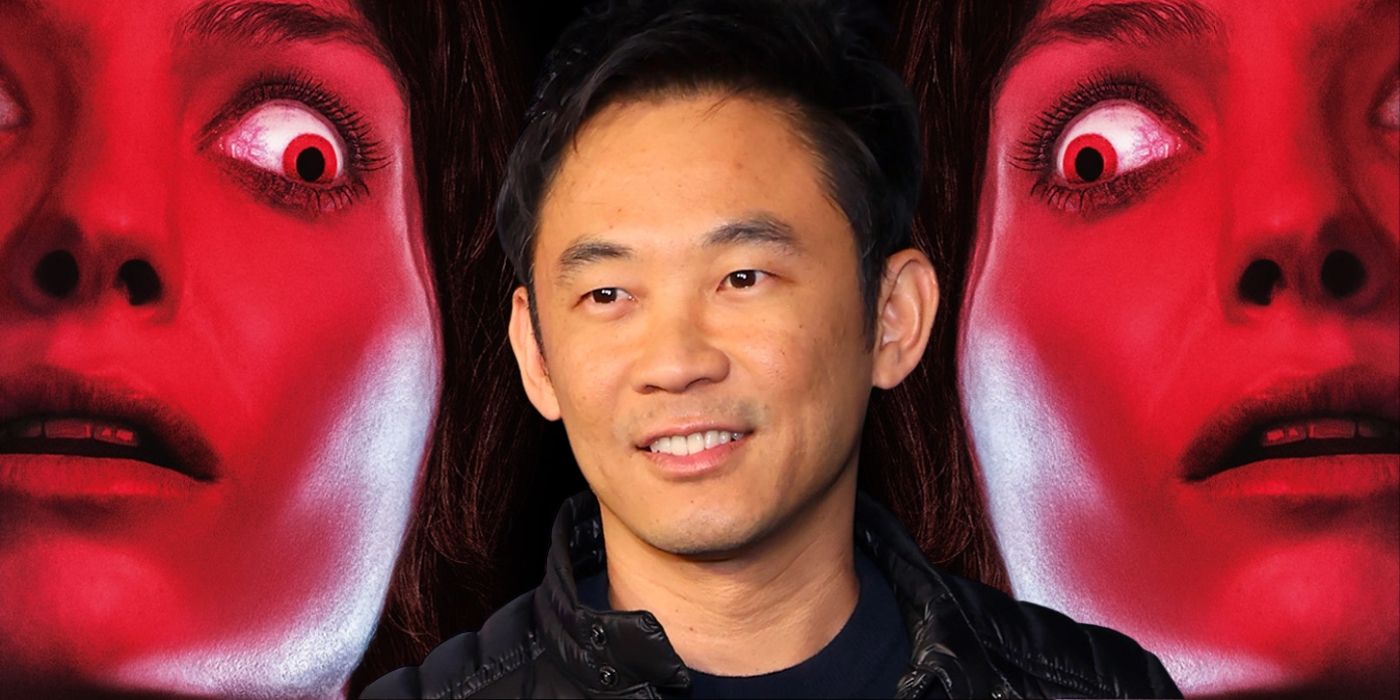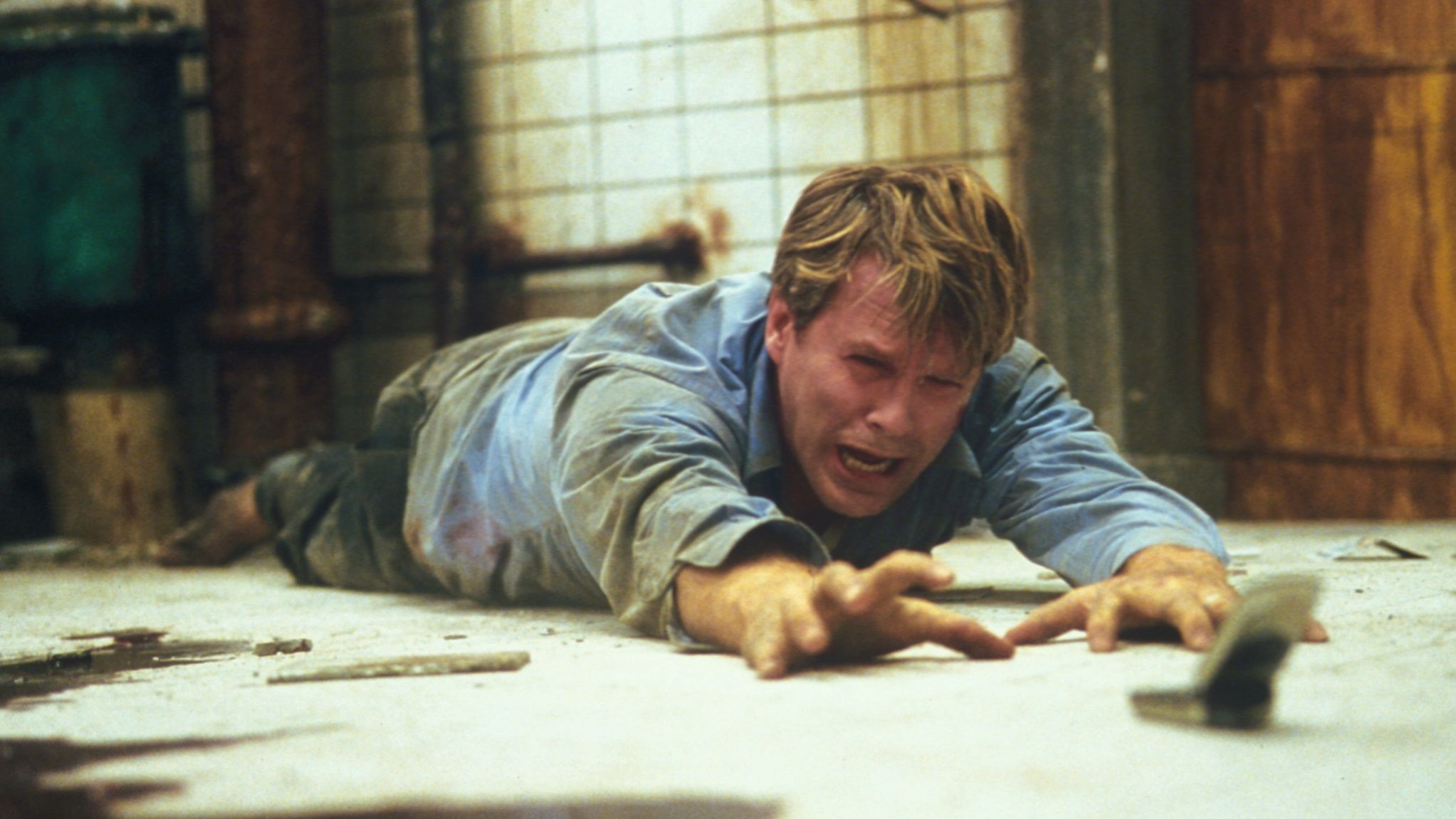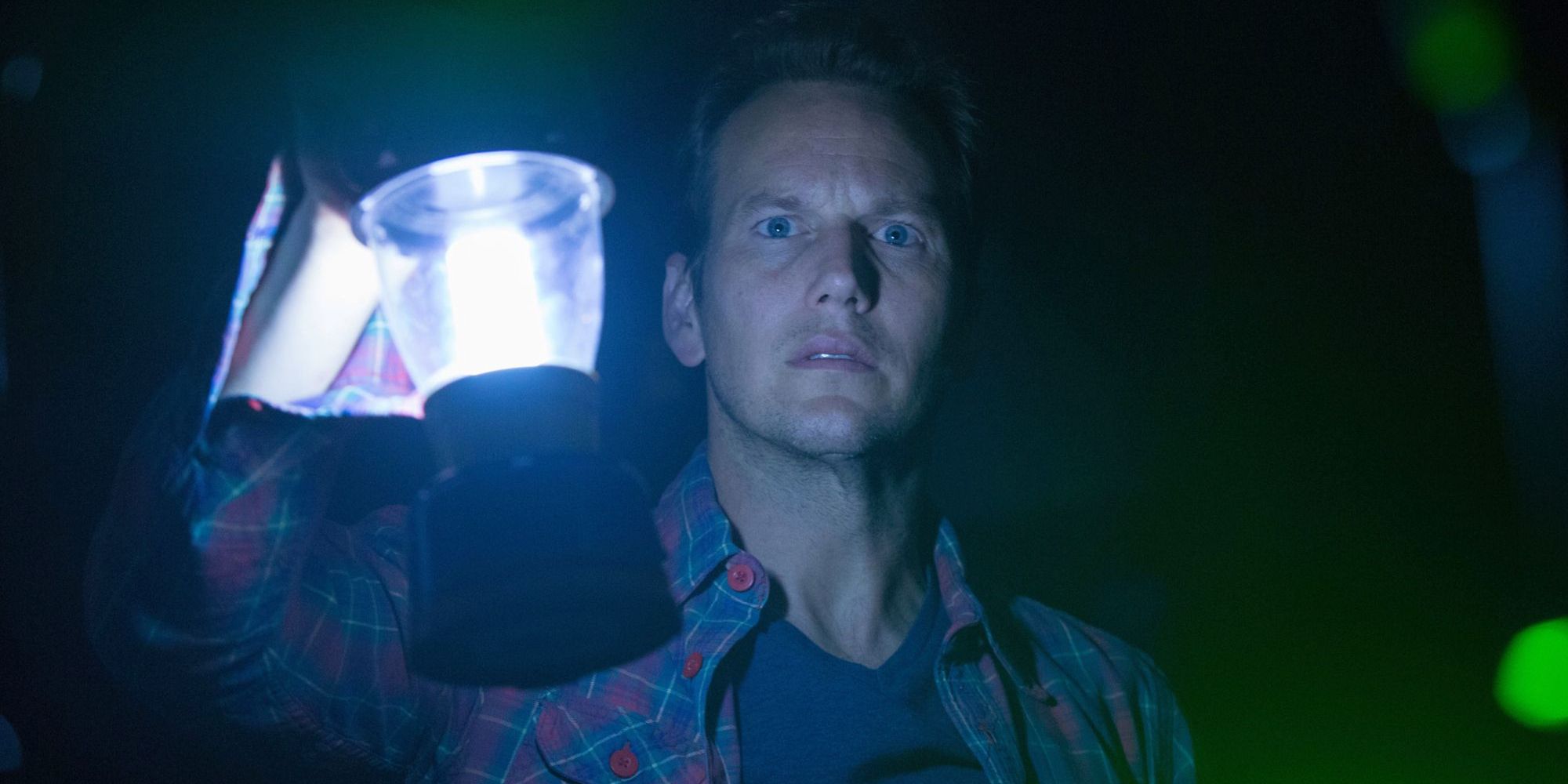Each new decade brings with it a new phase of horror. The late 1970s into the 80s brought about the rise of the slasher film, ranging from The Texas Chainsaw Massacre and Halloween to the more iconic duo of Freddy Krueger and Jason in the A Nightmare on Elm Street and Friday the 13th films respectively. The 1990s and early 2000s seemed to transition away from the gory and inventive spectacles of slasher films into two contrasting paths: Horror films either went darker and grittier à la Silence of the Lambs and Candyman, or they took on a campier, more self-aware tone, like with what Wes Craven did with the Scream franchise. Craven is perhaps one of a few horror directors to obtain longevity in the genre thanks to his savvy transition from the Elm Street franchise into the more parodic take on the slasher movie with Scream. The ability to keep changing and subverting the horror genre is a skill that is necessary not only to keep the genre alive, but also for a director to remain relevant and successful.
Another director who has managed this accomplishment is horror director, writer, and producer James Wan. Although he has hit some stumbling blocks along the way, Wan has managed to remain relevant in the horror genre since his directorial debut with 2004’s Saw. His continued success with launching the Insidious and Conjuring franchises is a testament to Wan’s talents and investment in horror. With 2021’s wacky, action-horror film Malignant, Wan seems to be pushing his horror skills into yet another new phase. Of course, Wan isn’t without any competition. The rise of “elevated horror” from A24 and Blumhouse have brought us talents like Ari Aster (Hereditary and Midsommar), Robert Eggers (The Witch and The Lighthouse), and Jordan Peele (Get Out and Nope), among many others. However, with his successes, innovations, and involvement in multiple horror franchises over the last two decades, it's clearly Wan who has cemented himself as the new king of horror.
Wan's Promising Start With 'Saw' Was Followed by Some Stumbling Blocks
James Wan is probably still best known for his directorial debut with Saw. Nearly two decades later, the horror movie that spawned what some call the “torture porn” genre (which also includes, among others, Hostel and The Collector) still has one of the most memorable endings ever. Two strangers (Cary Elwes and Leigh Whannell) with shady backgrounds find themselves chained to a dirty, rotting bathroom with a dead man lying at its center. The twist: the dead man has been the person responsible for the strangers’ suffering, and he is revealed to be the infamous and very-much-still-alive Jigsaw killer (Tobin Bell), who makes his victims kill themselves through a series of torture games. This premise might seem absurd and over the top, and certainly the later films of the franchise come off as unintended campy horror. (Wan would not be involved in these films directly, serving merely as an executive producer.) However, the allure of Wan’s Saw is in its limited setting and complex character backstories that supplement the so-called “traps” with substance and intrigue. Ranking #10 on Bloody Disgusting’s Top 20 Films of the Decade, Saw is “Perhaps the most influential horror film of the decade ... More than anything, this twisted morality tale is a film made by horror fans, for horror fans; it’s gory, it’s depraved, and best of all it introduced a new horror icon in Jigsaw.”
Unfortunately, Wan would not have the same luck with his follow-up project as a director. The 2007 film Dead Silence follows Jamie Ashen (Ryan Kwanten) as he uncovers the mystery behind the hometown legend of Mary Shaw, a deceased ventriloquist. With the help of Saw II’s Donnie Whalberg, who plays Detective Jim Lipton in the film, Jamie discovers the legend is all too real. Although on the surface Dead Silence might have the same elements of what made the first Saw great — Wan as director, Whannell as his writing partner, Charlie Clouser’s score, and the same producers — the film would ultimately fall flat with critics and audiences alike. Even Whannell lamented the production and release of Dead Silence, taking to his blog to write an article about his experience on the film.
Unfortunately, Wan’s film after Dead Silence would fare no better. Even with an A-list star like Kevin Bacon leading the film, Death Sentence would open at #8 at the box office. After these back-to-back disappointments of 2007, it’s no secret why Dead Silence and Death Sentence often rank lower in Wan’s filmography. It would seem that Wan’s prospects as a horror director wouldn’t achieve the same heights as Saw did. However, Wan would prove his naysayers wrong, eventually surpassing the success of his directorial debut and leaving his early failures long forgotten.
James Wan's Franchise Potential
Although Wan would find himself working in a variety of franchises later in his career with Furious 7 and Aquaman — both incredibly popular financial successes — his staple has always been horror. After his previous two duds, Wan reunited with Whannell for another new, original horror film -- 2010's Insidious. If Saw was Wan’s homage to David Lynch’s Seven, then Insidious is his take on Poltergeist and other horror movies that terrorized the suburban American family. Insidious gave us a truly haunting film demon (one that kind of resembles Star Wars' Darth Maul) and gave Wan get to work with scream queen legend Lin Shaye (from the Nightmare on Elm Street and Critter films, among others). But he also found someone who seems to have become his lucky charm in Patrick Wilson, who would go on to work with Wan on both the Conjuring and Aquaman franchises. Insidious was a financial success, thanks to Wan’s ability to deliver big horror thrills on a small budget, and it led to three sequels with another on its way.
Simultaneously, Wan would launch another horror franchise based on the real-life lives of paranormal investigators Ed and Lorraine Warren (whose cases also inspired The Amityville Horror). The Conjuring is a period piece of sorts, exploring the haunting of a 1970's Rhode Island family and their residence cursed by a 19th-century witch. The film itself delivers on classic horror tropes of witchcraft and haunted houses, but the real “treasure trove” of the film is the Warrens' collection of paranormal objects, trinkets, and evidence from past cases — the horror equivalent of Odin’s Asgardian treasure room in Thor (which teased the Infinity Gauntlet and other Easter eggs across the Marvel Cinematic Universe). While the Conjuring series would continue exploring the mainline story of Ed and Lorraine Warren with powerful and emotional performances from both Wilson and Vera Farmiga, there would also be a number of spin-offs that Wan would be involved with as writer and/or producer, such as the Annabelle trilogy, The Curse of La Llorona, and The Nun.
Turning the Genre on Its Head With 'Malignant'
Though Wan would continue his work on these various franchises, he would eventually deliver another new take on the horror genre with Malignant. Starring Annabelle Wallis, the 2021 film left many critics and audiences perplexed. On the surface, the film is about a woman’s psychic connection to a murderer — Gabriel — who is terrorizing Seattle. However, the film’s twist rivals that of Saw’s original ending and was perhaps even more divisive. Some took it as a great practical joke, while others praised Wan’s gonzo and inventive take on the genre. Speaking with Collider, even Wan himself admits that Malignant is a “genre blender [of] a whole bunch of stuff that has sort of influenced me over my years, growing up, loving these kinds of movies from science fiction to science fiction horror to psychological thrillers to monster movies.” If Malignant is a bit all over the place, that’s the point. Regardless of whether viewers were along for the ride (a wacky, campy, tongue-in-cheek kind of ride), Wan did give us another horror icon to join the ranks of Jigsaw: the highly flexible, kung-fu fighting, bullet-dodging man in black -- Gabriel.
Although Wan is currently a bit preoccupied with directorial duties on Aquaman and the Lost Kingdom, he is still very much committed to adding to his repertoire of horror. Wan co-wrote and produced the upcoming film M3GAN, a horror movie about an artificially intelligent doll. The film, which is directed by Gerard Johnstone and releases this coming weekend, definitely builds on Wan’s fascination with the uncanny nature of dolls, puppets, and toys. (M3GAN herself follows in the footsteps of Saw’s Billy the Puppet, the many puppets of Dead Silence, and to the infamous Annabelle doll of the Warrens' museum of occult objects.) In addition to making a name for himself, Wan has also helped uplift new horror voices. He helped produce David F. Sanberg’s theatrical directorial debut Lights Out, and Sanberg would go on to join Wan’s other franchises as director of Annabelle: Creation and DC films Shazam! and its sequel Fury of the Gods. Wan also served as executive producer of the short-lived yet critically acclaimed Swamp Thing series on the also short-lived DC Universe streaming service. Across his multiple horror projects and various roles as director, writer, and producer, James Wan has ultimately proven himself the king of the contemporary horror era. He has defined and shaped the genre from the early 2000s into the 2010s. With a strong and genre-bending start with Malignant, who’s to tell what Wan has in store for the rest of the decade?




